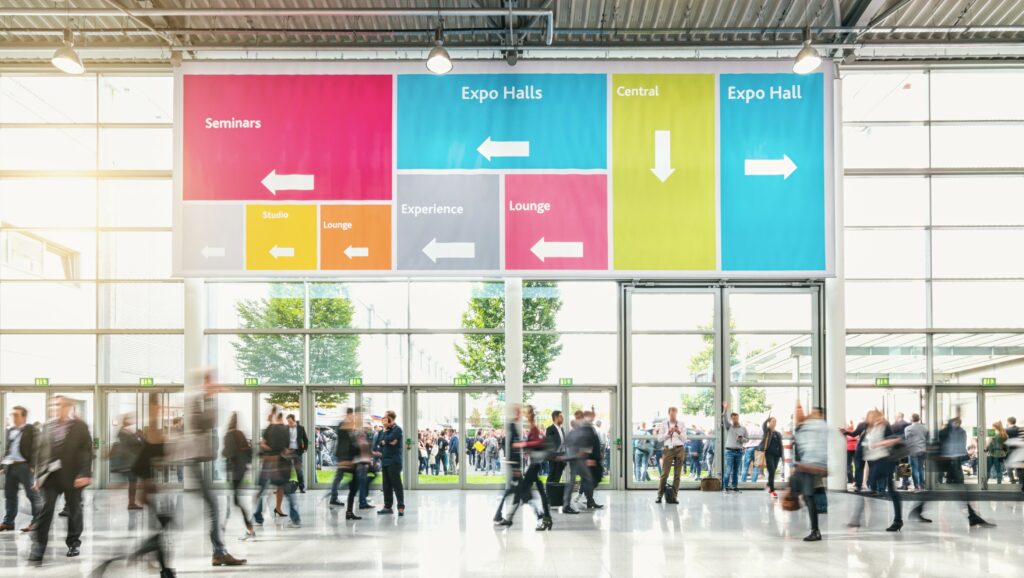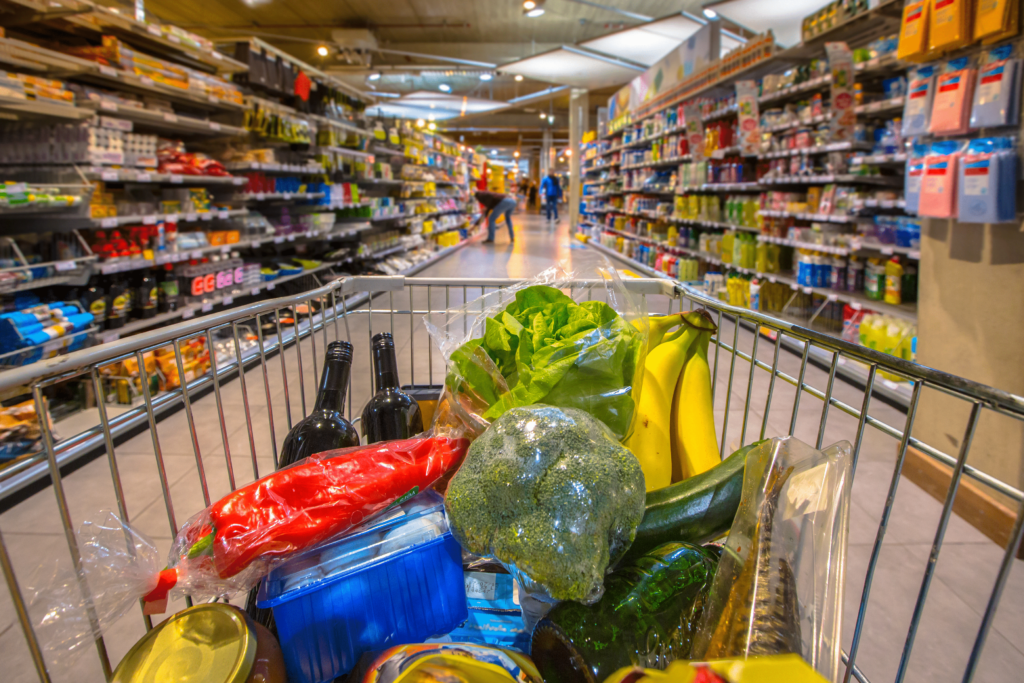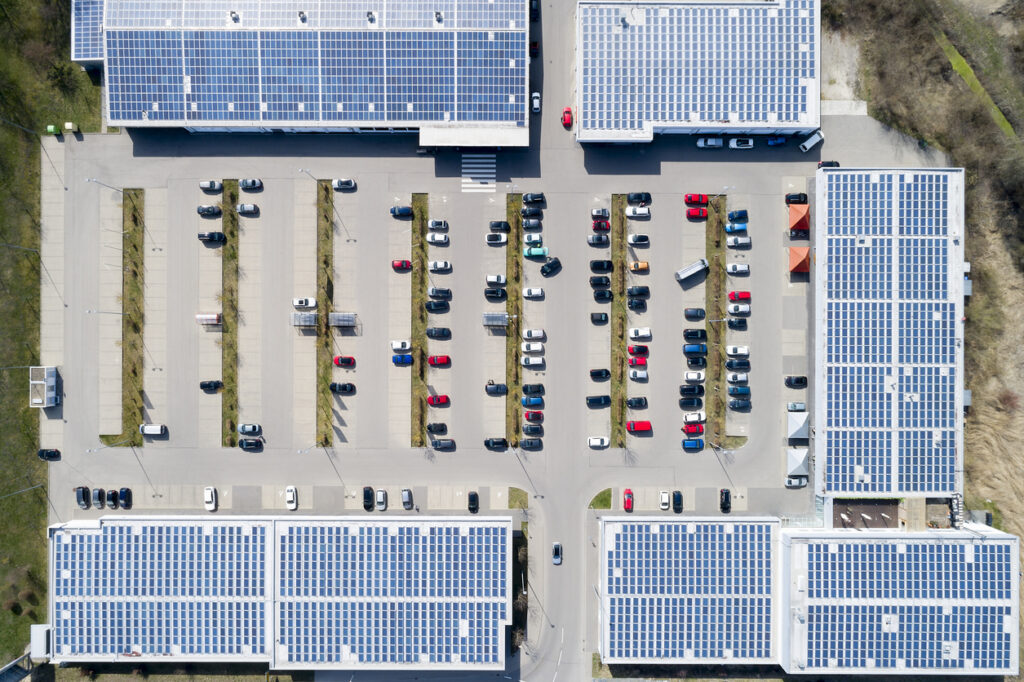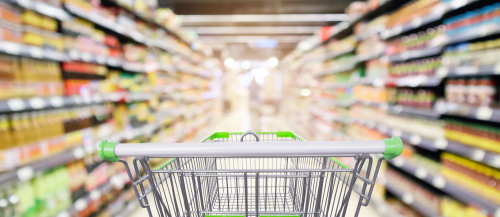Omnichannel Offerings – Key to the Future
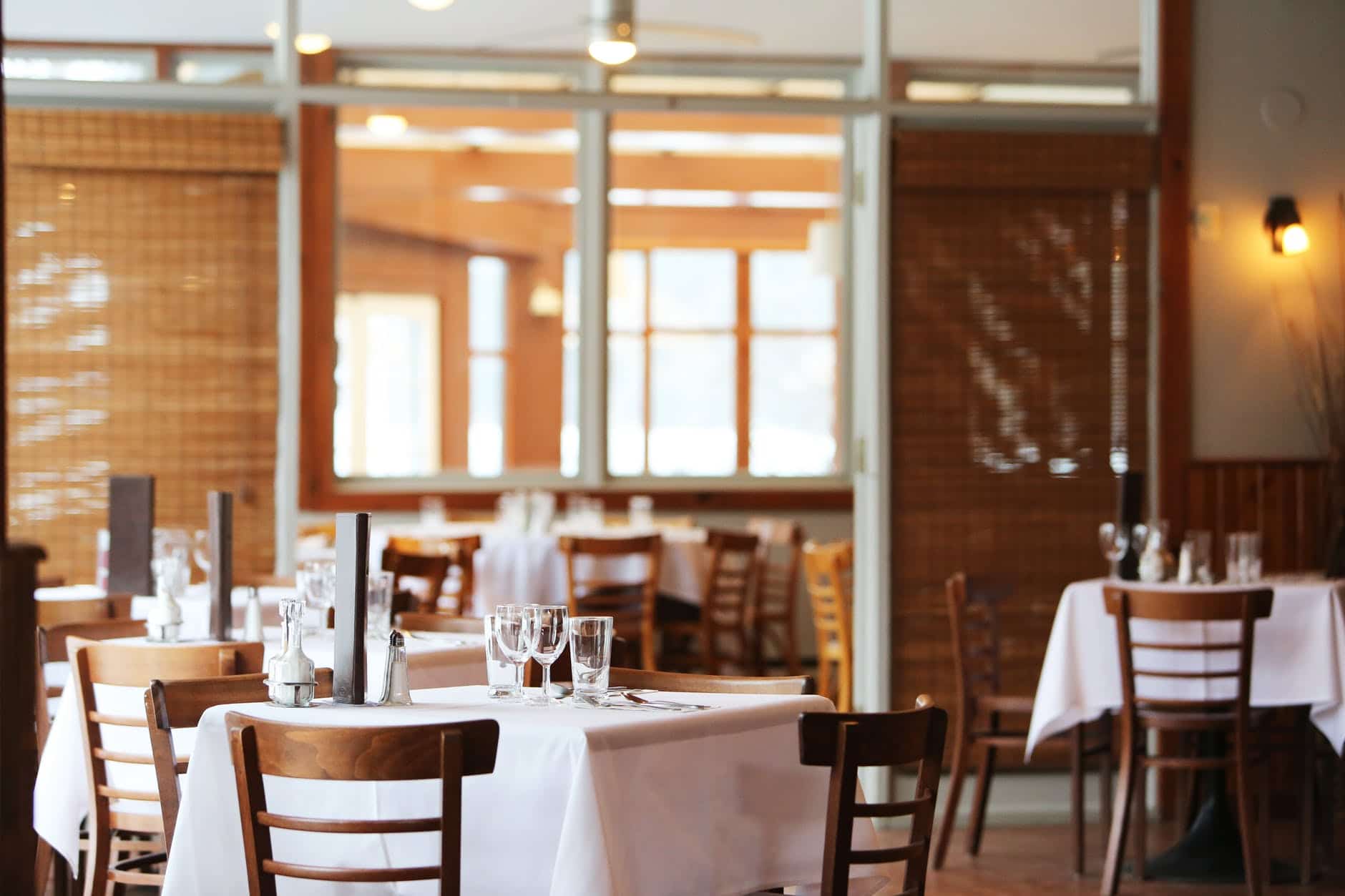
The retail and restaurant industries have undergone profound transformations during the past decade. The growth of on-line transactions has fundamentally changed the way consumers interact with providers. The key to profitable growth in the future is highly dependent on an operator’s ability to respond to changing consumer shopping preferences, thereby serving customers in whatever manner is most convenient to them. Omnichannel strategy is at the forefront of meeting the needs of the evolving consumer preferences. Below are three examples of omnichannel strategies being implemented by retailers and restaurants to stay competitive.
BOPIS – Buy Online, Pick-Up in Store
One big growth area for retailers has been BOPIS – Buy Online and Pick Up in Store. BOPIS provides consumers with the convenience of shopping from home and driving to a nearby store to pick up their purchase (typically without additional delivery charges). This is a “win-win” for the retailer – they are able to leverage their existing distribution system (without having to worry about the “last mile”) and expose the customer to other products within the store. Successful BOPIS operators, like lululemon, will provide access to ordered goods in the front of the store – while they want to provide a consumer with the opportunity to peruse other departments, customer convenience should be first and foremost.
Digital Brands Invest in Brick and Mortar
An interesting twist in the omni-channel arena has been the increasing desire of so-called “digitally-native” brands to open brick and mortar facilities. The most extreme example has been Amazon, the largest on-line retailer in North America. Amazon acquired Whole Foods Market to spur their growth into food-at-home retailer and to establish brick and mortar outposts to interact directly with consumers and has simultaneously been open new concepts (Amazon Books, Amazon Go) to gain market share. Other digitally native brands such as Bonobos (men’s apparel), Warby Parker (eyewear), and Casper (mattresses) have been opening their own stores or opening inside established retailers.
And to further complicate the retail landscape, players such as B8ta and Showfields are providing manufacturers with direct access to consumers without developing a traditional retail brand.
Restaurants Go Digital
Restaurants are not immune to online activity. The area that has received the most spectacular press concerns alternative delivery methods involving helicopters, drones and robots. Domino’s Pizza is at the forefront of this movement. However, the biggest impact is coming from consumers who order meals on-line and have them delivered to their home or office. Pizza delivery has been around for a long time, but remote ordering is now a reality among almost all restaurant categories, including restaurants like Panera Bread. Some consumers place remote orders then pick up their meals at the store, while others also offer delivery to the customer. The delivery component offers a host of challenges in its own right – unlike clothing or books, the quality of a meal can be negatively impacted by a longer delivery time or other considerations (such as being bounced around on the back of a bicycle).
Final Thoughts
One could argue that contemporary consumers have become spoiled – they want providers to cater to their every possible point of contact.
Below is the list of their demands. I want to …
- go into a store to buy and take it home
- go into a store to order an item and have it shipped to my home
- order an item on-line and have it shipped to a store so I can pick it up
- order an item on-line and have it shipped directly to my home
- make sure that every item I am interested in is in stock
- make sure that your prices will be competitive
- make sure your prices are consistent between stores and on-line
- have delivery charges that are free or reasonably priced
And the list goes on and on for every possible scenario.
While this may sound like a whiney child, it is, like it or not, the new reality for retailers and restaurants today. But, as seen above, they are finding ways to meet the consumer’s demand for flexible and customizable options. This list will continue to grow as providers continue to incorporate more options using technology. However, brick-and-mortar should be aware that not all technology or omnichannel strategies will be successful in all their locations. Understanding the existing customer base as well as the traffic, in and around the location, is vital to implementing the right omnichannel strategy.
Related News
Carousel items






